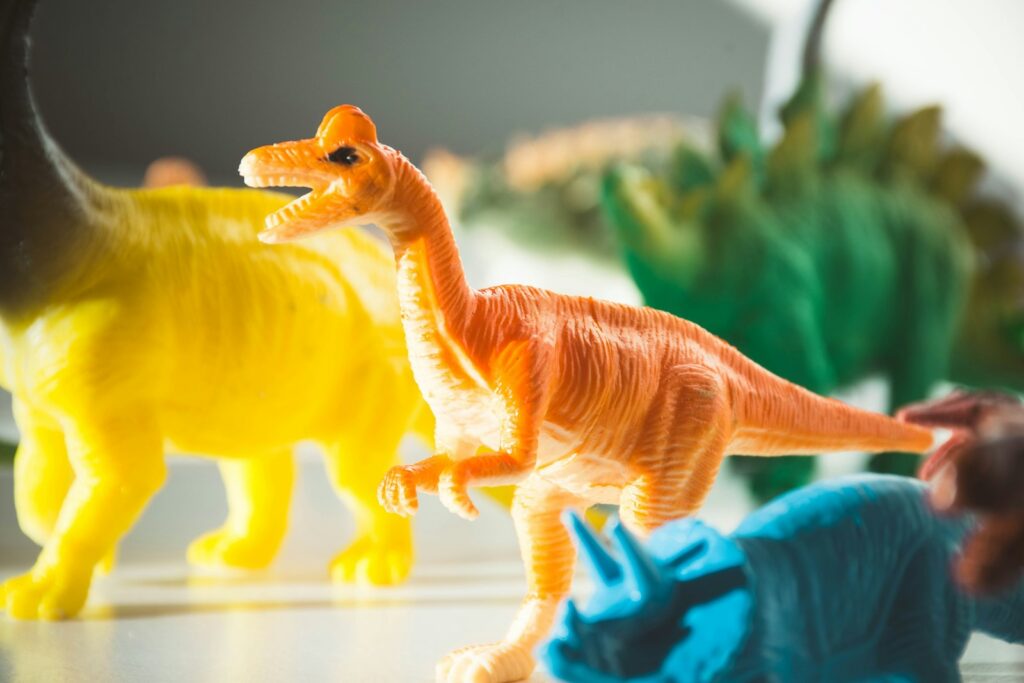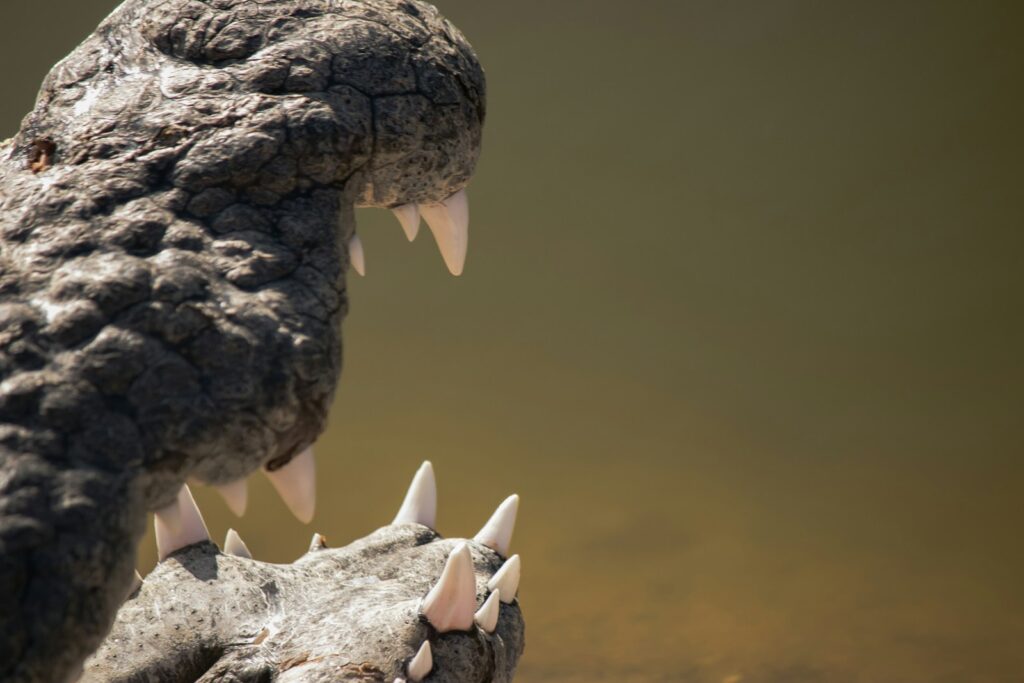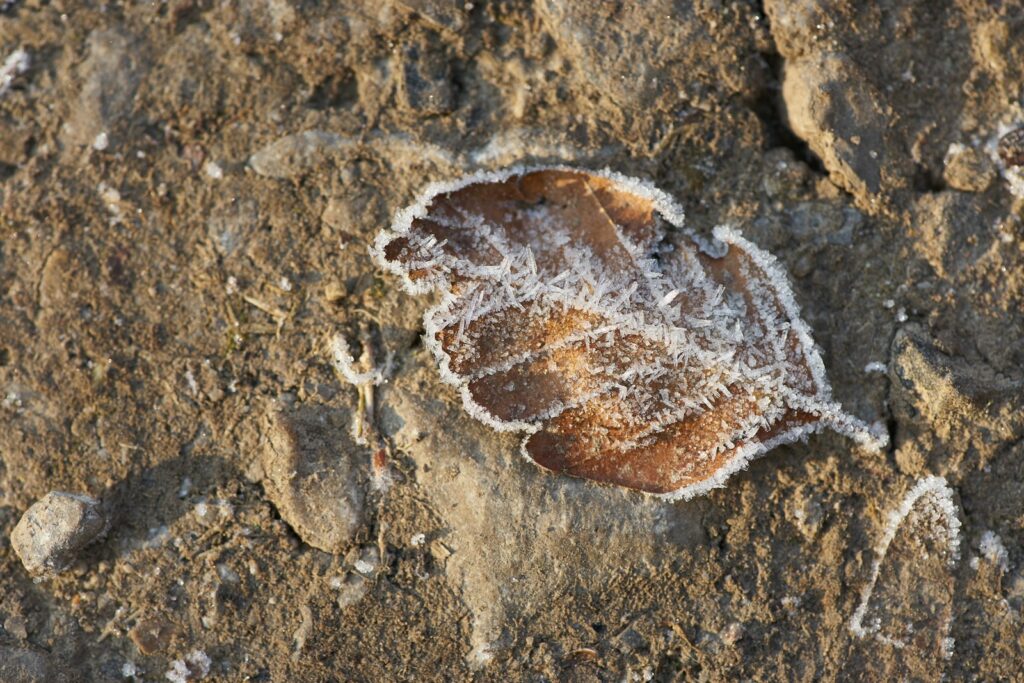In the vast landscape of children’s literature, few subjects capture the imagination quite like dinosaurs. These prehistoric creatures, with their massive size, sharp teeth, and mysterious extinction, provide the perfect backdrop for thrilling adventures that middle-grade readers crave. Dinosaur fiction combines scientific facts with creative storytelling, taking young readers on journeys through prehistoric jungles, time-travel expeditions, and fantastical worlds where humans and dinosaurs coexist. Let’s explore the exciting realm of dinosaur fiction for middle-graders who can’t get enough adventure in their reading lives.
The Enduring Appeal of Dinosaurs in Children’s Literature

Dinosaurs have maintained their grip on children’s imagination for generations, creating a natural foundation for exciting middle-grade fiction. This fascination typically begins in early childhood and often extends well into the middle-grade years when readers are developing more sophisticated literary tastes. Unlike many childhood obsessions that fade with time, dinosaur interest frequently evolves into a deeper appreciation for paleontology, natural history, and scientific discovery. Authors of middle-grade fiction cleverly tap into this sustained interest by creating stories that balance educational content with thrilling narratives. The combination of scientific facts and adventure provides the perfect formula for engaging reluctant readers while satisfying the curiosity of dinosaur enthusiasts. This enduring appeal explains why dinosaur fiction remains a staple in middle-grade literature decades after the first such stories appeared.
Time Travel Adventures: Journeying to the Prehistoric Era

One of the most popular subgenres in dinosaur fiction involves characters traveling back to prehistoric times to experience dinosaurs in their natural habitat. These narratives typically feature modern protagonists who stumble upon mysterious portals, discover ancient artifacts with magical properties, or use futuristic technology to visit the Mesozoic era. The fish-out-of-water element creates immediate tension as characters must learn to survive in a world filled with predators and unfamiliar terrain. Authors like Roland Smith in his “Cryptid Hunters” series and Emily Hawkins in “The Time-Traveling Dinosaur” blend scientific accuracy with page-turning adventure as characters navigate prehistoric landscapes. These stories are particularly effective because they allow readers to experience the wonder and terror of dinosaurs through the eyes of relatable contemporary characters. The time travel premise also creates natural opportunities for educational content about different prehistoric periods without feeling didactic.
Lost World Narratives: Discovering Hidden Dinosaur Habitats

Following in the footsteps of Arthur Conan Doyle’s classic “The Lost World,” many middle-grade novels feature the discovery of isolated regions where dinosaurs have somehow survived extinction. These stories typically involve journeys to remote locations—mysterious islands, unexplored jungle valleys, or underground caverns—where prehistoric creatures have continued to evolve in isolation from the modern world. Series like “Dinosaur Cove” by Rex Stone and “Cryptozoology for Beginners” by Matt Sewell play with this concept, creating thrilling narratives where young protagonists stumble upon secret dinosaur habitats. The appeal lies in the tantalizing possibility that dinosaurs might still exist somewhere on our planet, just waiting to be discovered. Authors enhance these adventures with detailed descriptions of fictional ecosystems where dinosaurs have adapted to changing conditions over millions of years. The isolation element allows writers to create unique dinosaur species that blend scientific plausibility with creative imagination.
Dinosaur Fantasy: When Prehistoric Meets Magical

Fantasy elements frequently appear in dinosaur fiction, creating worlds where these prehistoric creatures possess magical abilities or intelligence beyond their historical reality. Books like “The Last Dragon Chronicles” by Chris D’Lacey and “The Dinosaur Lords” by Victor Milán (though the latter is for older readers) blend dinosaurs with fantasy tropes to create unique reading experiences. In these narratives, dinosaurs might communicate telepathically with humans, possess elemental powers, or serve as companions on epic quests. Some authors reimagine dinosaurs as dragons or other mythical creatures, suggesting that ancient human encounters with dinosaur fossils might have inspired our oldest legends. The fantasy approach allows writers to explore themes of friendship between species, environmental stewardship, and the responsibilities of power. Middle-grade readers particularly enjoy stories where young protagonists form special bonds with dinosaur companions, creating relationships that mirror the connection many children wish they could have with these fascinating creatures.
Science Fiction Dinosaurs: Genetic Engineering and Future Worlds
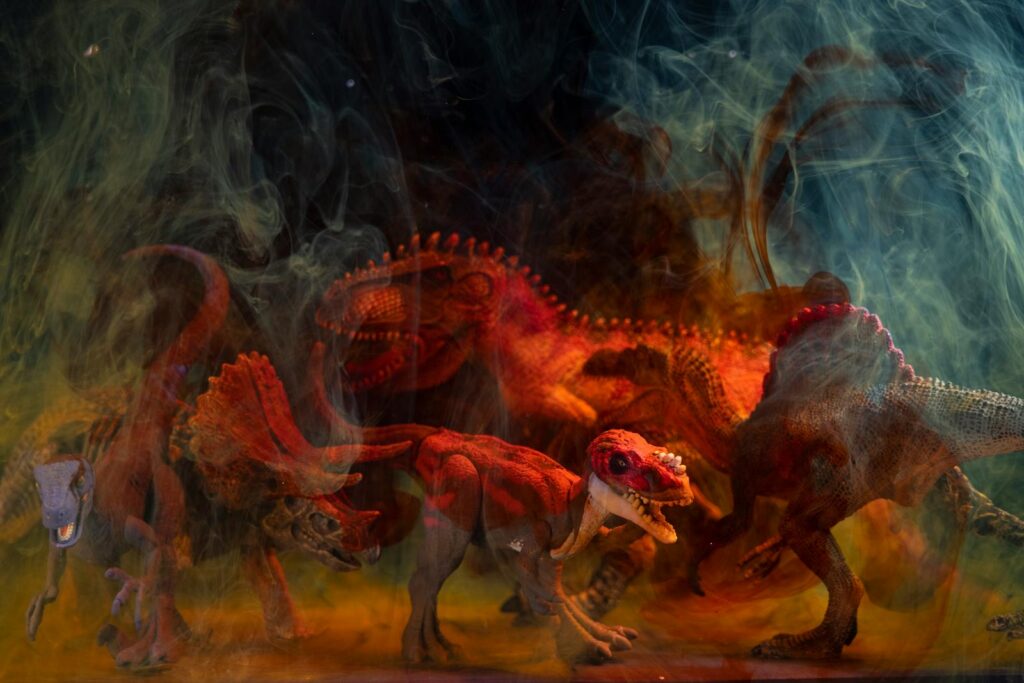
The concept of bringing dinosaurs back through genetic engineering, popularized by “Jurassic Park,” has spawned numerous middle-grade adaptations that explore the ethical implications of such scientific endeavors. Stories like “The Dinosaur Project” by Dan Gutman and elements of the “Cryptid Hunters” series address questions about scientific responsibility while delivering heart-pounding dinosaur encounters. These narratives often feature brilliant but misguided scientists, corporate greed, and young protagonists who must deal with the consequences of adults’ poor decisions. The science fiction approach allows authors to include contemporary themes about genetic manipulation, animal rights, and environmental protection within exciting dinosaur adventures. Some stories extend further into the future, imagining worlds where dinosaurs have been successfully reintegrated into modern ecosystems or even used for transportation or warfare. This subgenre appeals particularly to readers who enjoy thinking about how scientific advancements might change our relationship with extinct species.
Historical Fiction with Dinosaurs: Paleontology Adventures
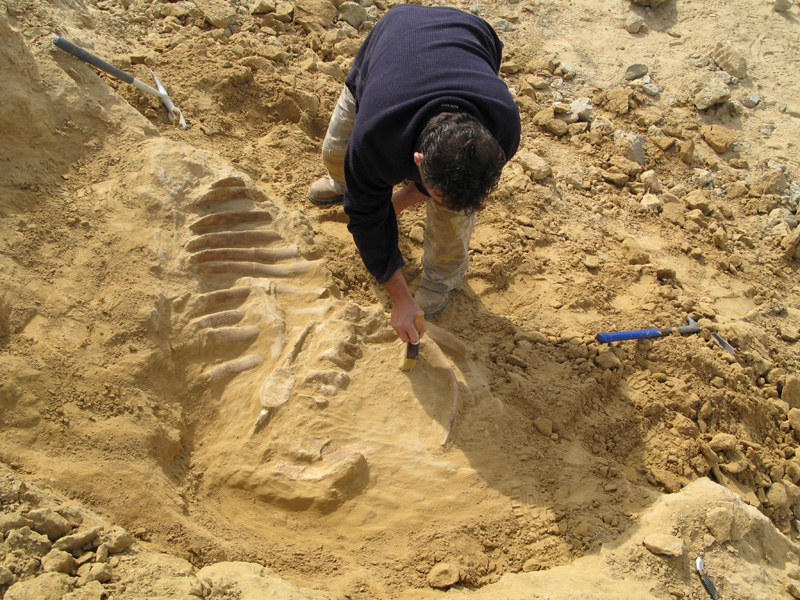
Some of the most educational dinosaur fiction focuses on the history of paleontology itself, following characters involved in the great dinosaur rushes of the late 19th and early 20th centuries. Books like “The Dinosaur Hunters” by Kate Messner and “Remarkable Creatures” by Tracy Chevalier (adapted for younger readers) introduce middle-graders to the fascinating personalities who pioneered dinosaur discovery. These stories often feature young assistants or family members of famous paleontologists who become involved in rivalries, dangerous excavations, and scientific breakthroughs. Through these narratives, readers learn about important figures like Mary Anning, Edward Drinker Cope, and Othniel Charles Marsh while experiencing the excitement of uncovering fossils that changed our understanding of Earth’s history. Historical fiction provides context for how our knowledge of dinosaurs has evolved over time and highlights the detective work involved in paleontology. These books appeal to readers who enjoy historical settings and appreciate learning about real scientific discoveries within an engaging narrative.
Humorous Dinosaur Tales: Comedy with a Prehistoric Twist
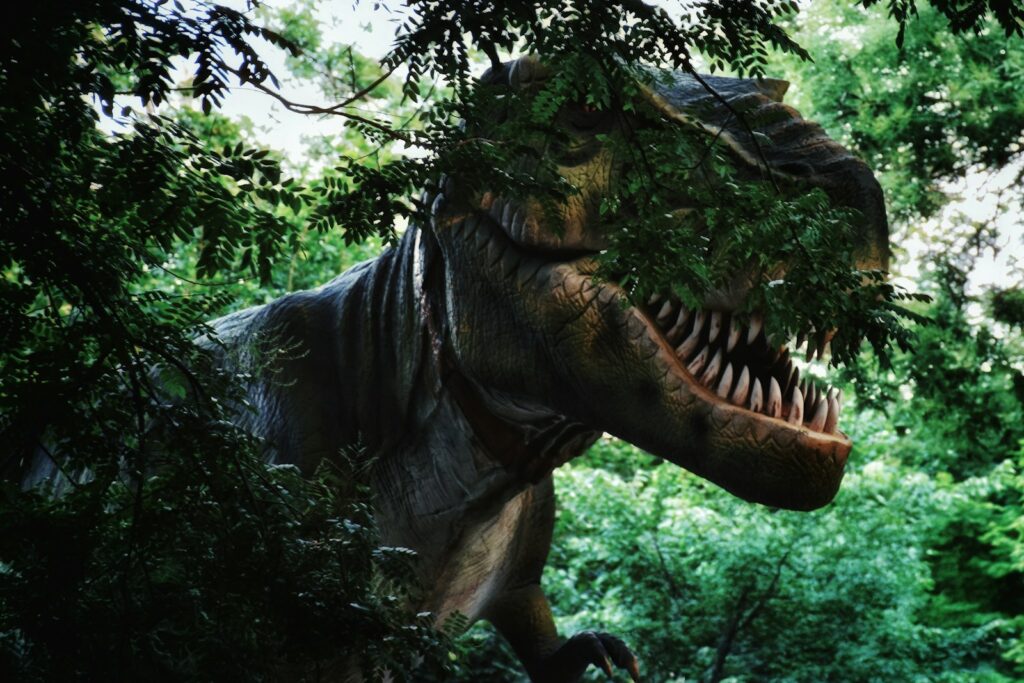
Not all dinosaur fiction takes itself seriously, and humorous dinosaur stories provide a lighter approach that still captures middle-graders’ interest in prehistoric creatures. Series like “The Dinosaur That Pooped” books by Tom Fletcher and Dougie Poynter (for younger middle-graders) and “Dinosaur Cove” incorporate humor to make dinosaurs more accessible and less frightening for some readers. These stories often feature absurd situations, like dinosaurs adapting to modern life, time-travelers bringing contemporary problems into prehistoric settings, or comical misunderstandings between humans and dinosaurs. Humorous dinosaur fiction frequently plays with anachronisms—putting dinosaurs in situations they would never historically encounter—to create fish-out-of-water comedy that resonates with middle-grade readers. The combination of dinosaur facts and silly scenarios creates an engaging entry point for children who might be intimidated by more serious prehistoric adventures. Authors like Mary Pope Osborne in select “Magic Tree House” books demonstrate how educational content can be effectively delivered through humorous dinosaur encounters.
Survival Stories: Human vs. Dinosaur
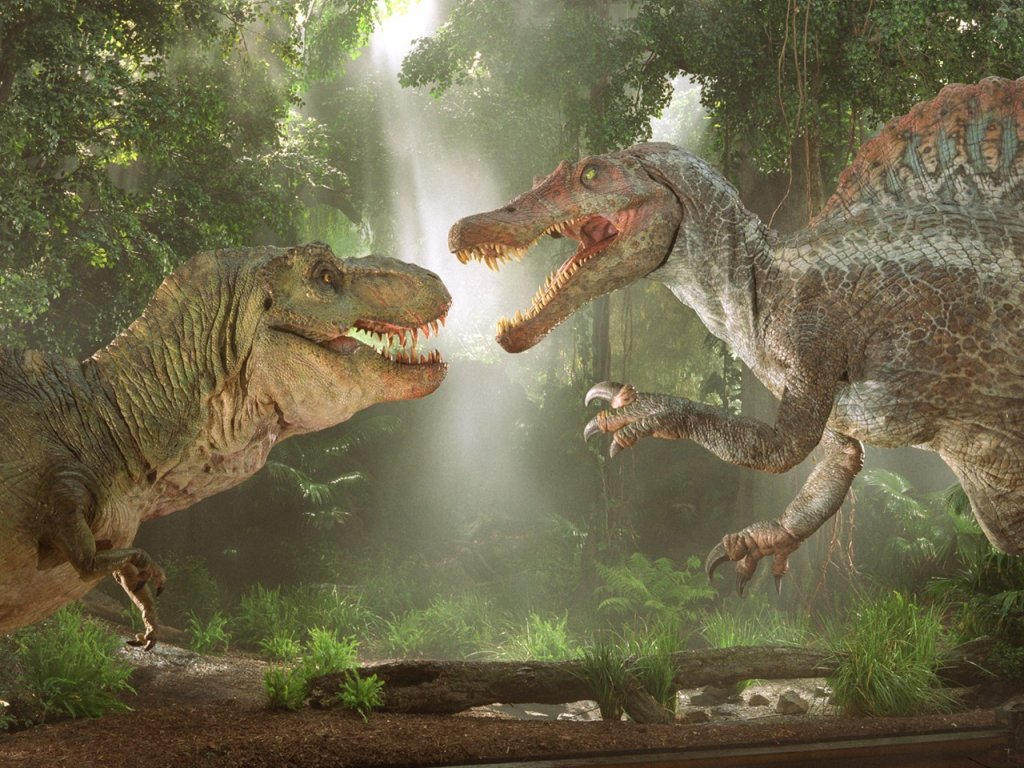
Perhaps the most thrilling dinosaur fiction focuses on survival scenarios where young protagonists must use their wits to escape dangerous prehistoric predators. Books like “Edge of Extinction” by Laura Martin and “The Dinosaur Knights” by Victor Milán create high-stakes situations where characters face seemingly impossible odds against creatures designed by nature to be perfect hunters. These stories typically feature resourceful protagonists who must learn primitive survival skills, form unlikely alliances, and discover inner strength they didn’t know they possessed. Authors enhance the tension by incorporating accurate details about dinosaur hunting behaviors, sensory capabilities, and physical attributes. The survival narrative creates natural opportunities to explore themes of courage, resilience, and adaptability that resonate with middle-grade readers navigating their own challenges. While these books may contain frightening elements, skilled authors balance the scarier aspects with moments of wonder and discovery that remind readers why dinosaurs fascinate us in the first place.
Mystery and Adventure: Dinosaur Detectives

Many middle-grade dinosaur books incorporate mystery elements, creating engaging whodunits with prehistoric connections. Series like “The Dinosaur Detectives” by Stephanie Baudet and elements of the “39 Clues” books combine puzzle-solving with dinosaur knowledge as young protagonists track down fossil thieves, uncover prehistoric secrets, or solve museum mysteries. These stories often feature stolen fossils, misidentified specimens, scientific forgeries, or hidden dinosaur evidence that must be uncovered through clever detective work. The mystery format provides natural opportunities for readers to learn about fossil identification, prehistoric eras, and paleontological processes as characters gather clues. Authors frequently incorporate real museums, famous fossil sites, or well-known paleontological discoveries as backdrops for fictional mysteries. This subgenre appeals particularly to readers who enjoy solving puzzles alongside characters and appreciate learning scientific facts that help them anticipate story developments. The combination of dinosaur information and mystery conventions creates engaging reading experiences that develop critical thinking skills.
Educational Elements in Dinosaur Fiction

The best dinosaur fiction for middle-graders seamlessly integrates accurate scientific information into compelling narratives without sacrificing story quality. Authors like Steve Brusatte, who is both a paleontologist and fiction writer, create stories grounded in current scientific understanding while still delivering thrilling adventures. Many books include supplementary materials such as timelines, dinosaur fact files, glossaries of paleontological terms, or illustrations labeled with scientific information. Some series, like “Dinosaur Cove,” feature different dinosaur species in each book, strategically introducing readers to the full diversity of prehistoric life. Authors often collaborate with paleontologists as consultants to ensure scientific accuracy while maintaining engaging narratives that don’t get bogged down in technical details. The educational elements extend beyond dinosaur facts to include information about geology, evolution, climate change, and extinction events. This integration of learning and entertainment makes dinosaur fiction particularly valuable for classroom use and popular with parents who want their children’s recreational reading to have educational benefits.
Diverse Protagonists in Dinosaur Adventures
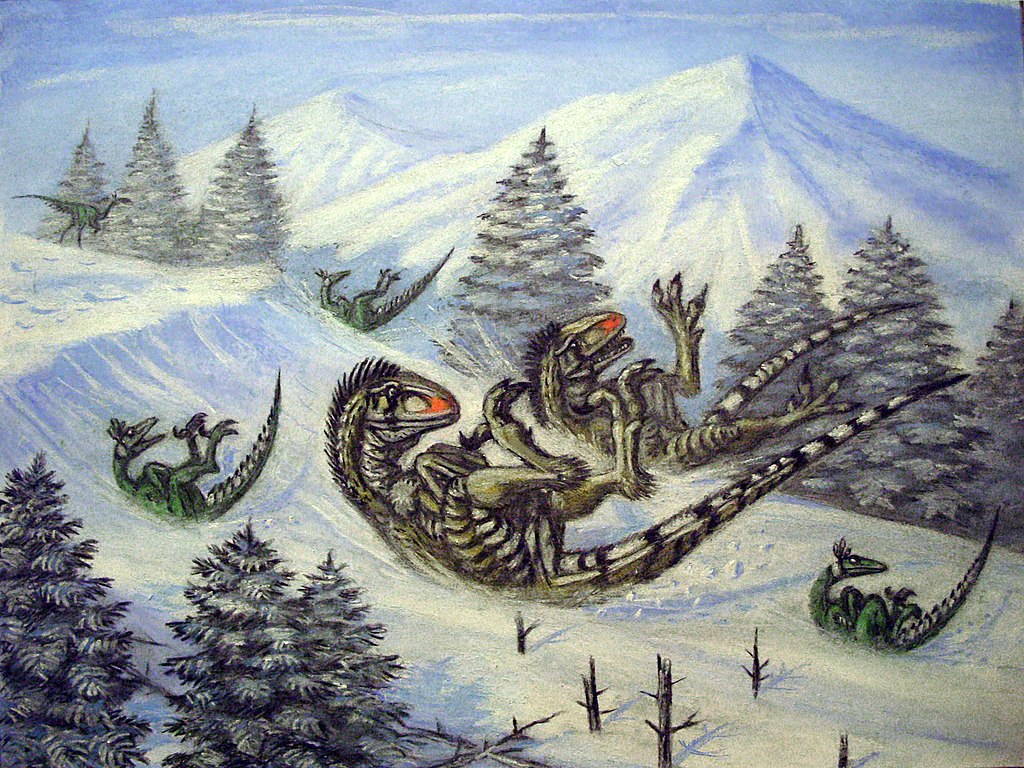
Contemporary dinosaur fiction increasingly features diverse protagonists from various cultural backgrounds, abilities, and family structures, reflecting the reality of today’s middle-grade readers. Books like “The Fossil Girl” by Catherine Brighton feature female protagonists interested in paleontology, challenging historical gender stereotypes in scientific fields. Authors like Rick Riordan in dinosaur-adjacent adventures and Zetta Elliott in time-travel narratives create characters from varied ethnic backgrounds who bring unique perspectives to prehistoric encounters. Some recent titles feature neurodivergent protagonists whose special interests in dinosaurs become strengths in adventure scenarios, providing important representation for readers on the autism spectrum who often develop passionate interests in dinosaurs. This diversity extends to different family structures, socioeconomic backgrounds, and geographic settings, making dinosaur adventures accessible entry points for all readers. The expansion of representation in dinosaur fiction reflects publishing’s broader movement toward inclusivity while acknowledging that fascination with prehistoric life crosses all demographic boundaries.
Interactive Dinosaur Fiction: Choose Your Own Adventure

Interactive formats have found particular success in dinosaur fiction, with choose-your-own-adventure books allowing readers to make decisions that determine their prehistoric fate. Series like “Choose Your Own Adventure: Dinosaur Island” by R.A. Montgomery and modern digital adaptations create branching narratives where readers’ choices might lead to exciting discoveries or deadly dinosaur encounters. These interactive stories typically feature second-person narration that places readers directly in the action, making decisions about which path to follow, whether to confront or hide from predators, or how to use limited resources. The format creates high rereadability as children explore different narrative branches to discover multiple endings and story paths. Some interactive dinosaur books incorporate educational elements by rewarding choices based on accurate dinosaur knowledge or survival skills. Digital adaptations have expanded this concept with apps that include animation, sound effects, and additional scientific information triggered by reader choices. The agency provided by interactive fiction particularly appeals to middle-grade readers who are developing independence and critical decision-making skills.
Recommended Reading List: Top Dinosaur Fiction for Middle-Graders

For parents, teachers, and librarians seeking quality dinosaur fiction, several standout titles deserve special attention. “Cryptid Hunters” by Roland Smith combines cryptozoology with dinosaur discovery in a fast-paced adventure featuring twins who discover their uncle’s secret mission to protect rare and supposedly extinct creatures. The “Dinosaur Cove” series by Rex Stone offers more accessible adventures for younger middle-grade readers, following friends who discover a secret cave leading to a world where dinosaurs still exist. More advanced readers might enjoy “The Last Dragon Chronicles” by Chris D’Lacey, which weaves dragons and dinosaurs into a complex fantasy narrative. “Edge of Extinction” by Laura Martin presents a post-apocalyptic world where dinosaurs have been brought back and now dominate the planet, forcing humans into underground compounds. For readers interested in paleontology history, “The Dinosaurs of Waterhouse Hawkins” by Barbara Kerley, though technically a picture book biography, offers fascinating insights into the first dinosaur models ever created. These titles represent different subgenres and reading levels within dinosaur fiction, providing options for various interests and abilities.
Conclusion: Why Dinosaur Fiction Continues to Captivate Middle-Grade Readers
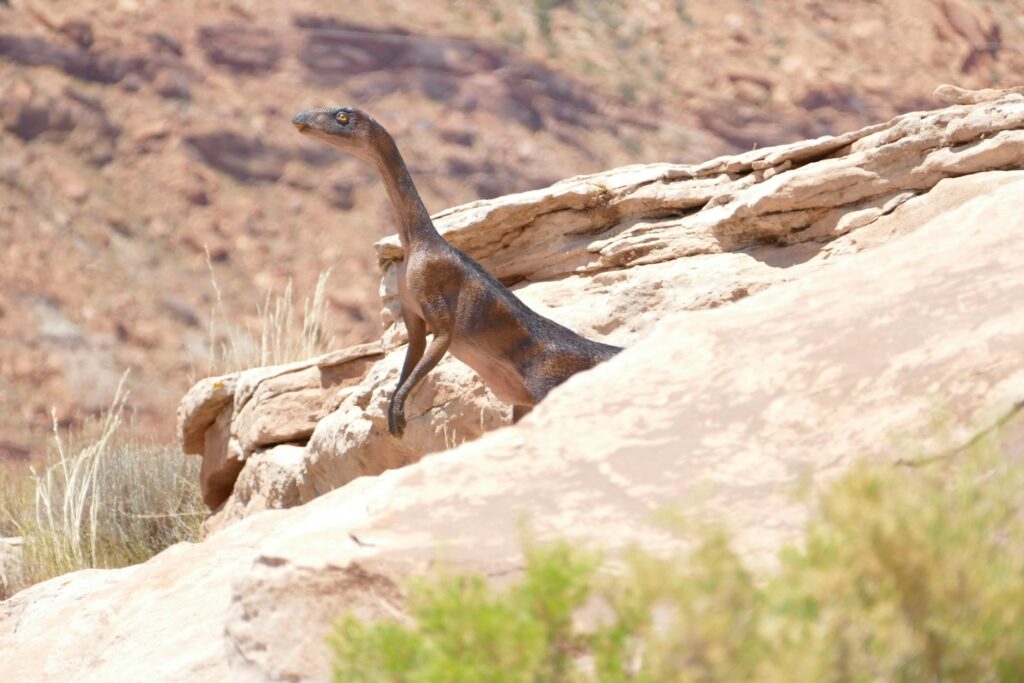
Dinosaur fiction occupies a special place in middle-grade literature by combining scientific fascination with limitless adventure possibilities. These stories tap into children’s natural curiosity about prehistoric life while delivering thrilling narratives that keep pages turning. The best dinosaur fiction balances educational content with engaging characters and exciting plots, making learning feel like an adventure rather than a lesson. As paleontological knowledge continues to evolve, with new discoveries regularly reshaping our understanding of prehistoric life, dinosaur fiction will undoubtedly continue to evolve as well, incorporating new scientific findings into fresh stories that capture the imagination of future generations. Whether through time travel, lost worlds, or scientific adventures, dinosaur fiction provides middle-grade readers with the perfect combination of education and entertainment—proving that these extinct creatures remain very much alive in the world of children’s literature.

